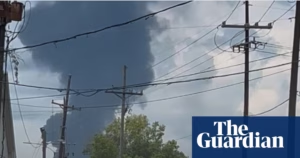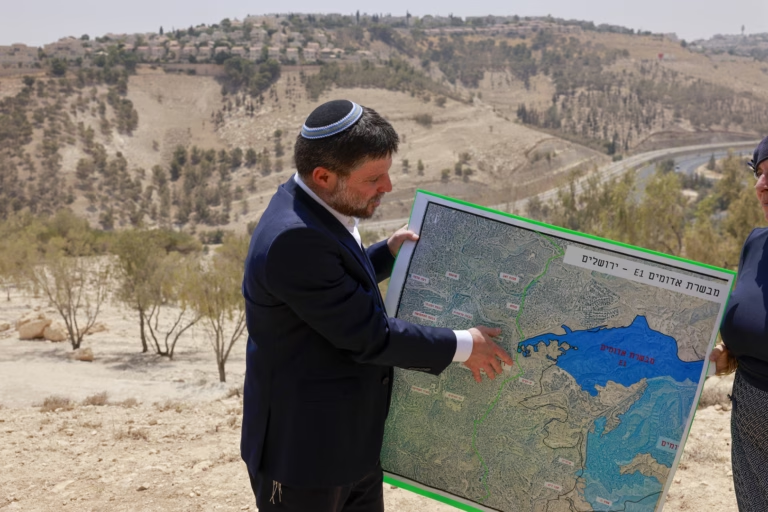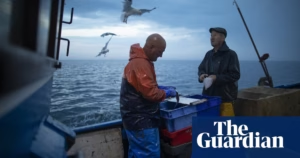Tropical Cyclone Alfred Begins To Impact Eastern Australia Despite Uncertain Landfall Timing
In preparation for the first cyclone in eastern Australia since 1974, schools have closed, and public transportation has been suspended. Alfred was located 250km east of Brisbane on Thursday, but its slow pace makes predicting its exact landfall challenging.
Initially expected to hit land late Thursday, the current forecast suggests it will likely make landfall late Friday or early Saturday.

Damage has already been reported, with over 10,000 homes and businesses in northern New South Wales losing power due to strong winds. Evacuation orders have been issued in parts of the state to prepare for potential flooding.
More than four million people are in the path of the storm across a 400km stretch of coast expected to bear the brunt of the cyclone’s impact.
Forecaster Sarah Scully from the Bureau of Meteorology states, “We’re already seeing gales developing on the coastal fringe and very large waves and powerful swells caused by Alfred’s persistency in the Coral Sea.”
A record 12.4-metre wave was recorded on the Gold Coast, south of Brisbane, which is the largest wave ever recorded by the local monitoring station.
Despite the risks, some surfers have been attempting to ride the massive waves, ignoring warnings of severe penalties.
Alfred is expected to make landfall near Brisbane, putting a significant number of people in harm’s way, according to federal Treasurer Jim Chalmers. While cyclones are typical in the tropical northern coastal areas of Australia, the formation of cyclones in the cooler southern waters is rare. Experts have emphasized that the threat of such natural disasters is amplified by climate change.








